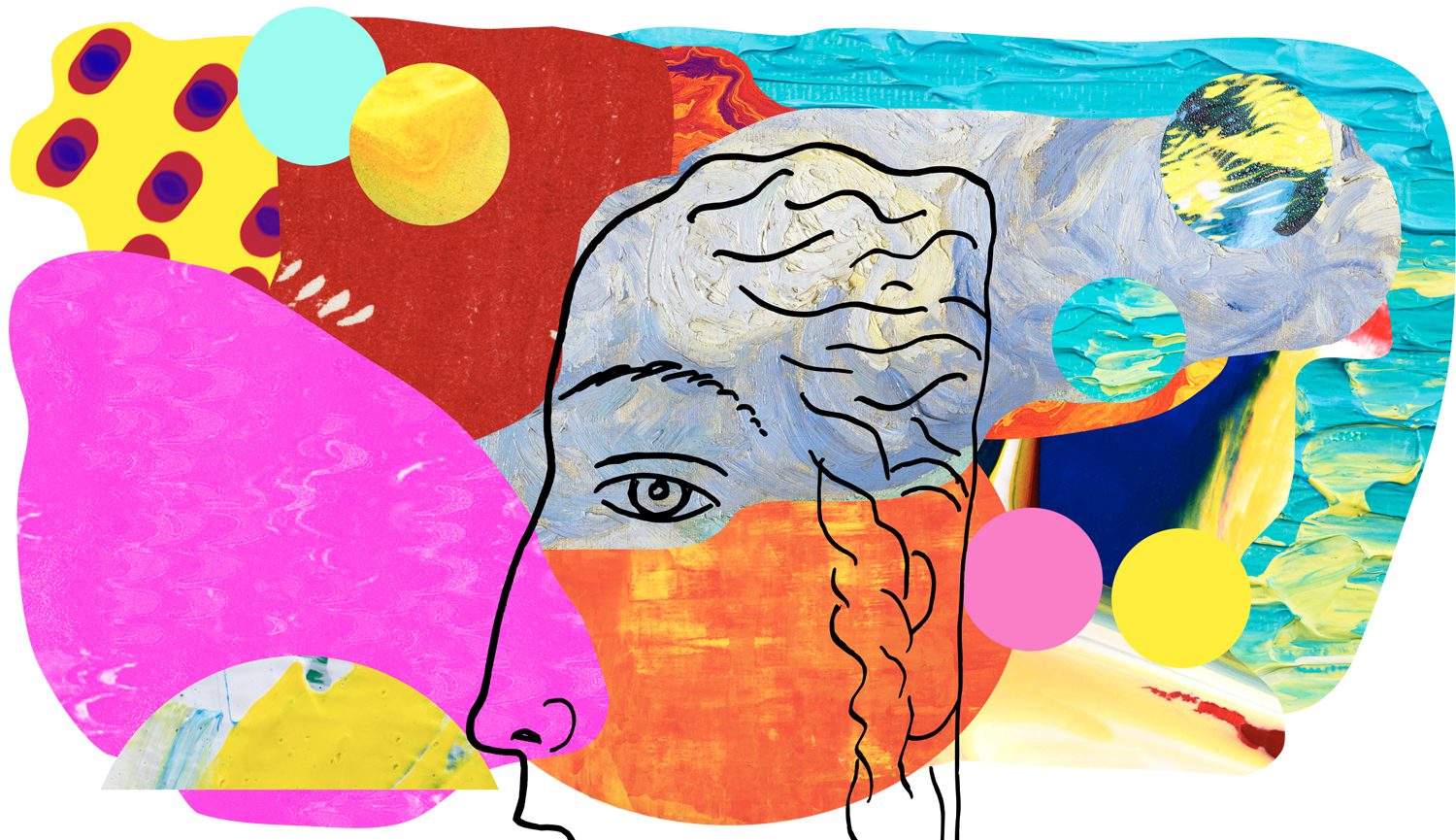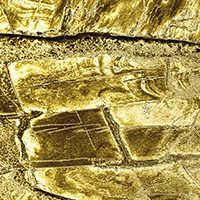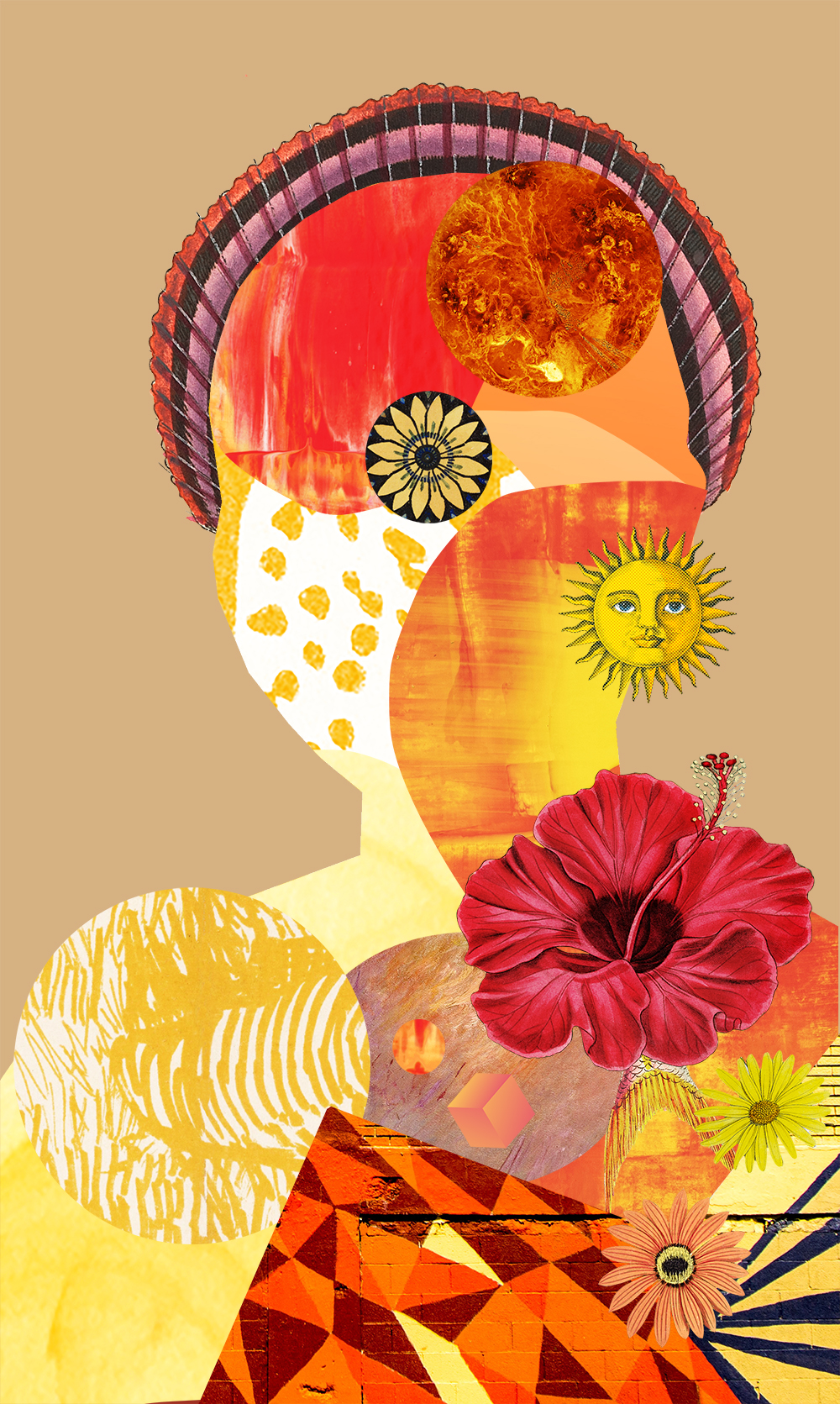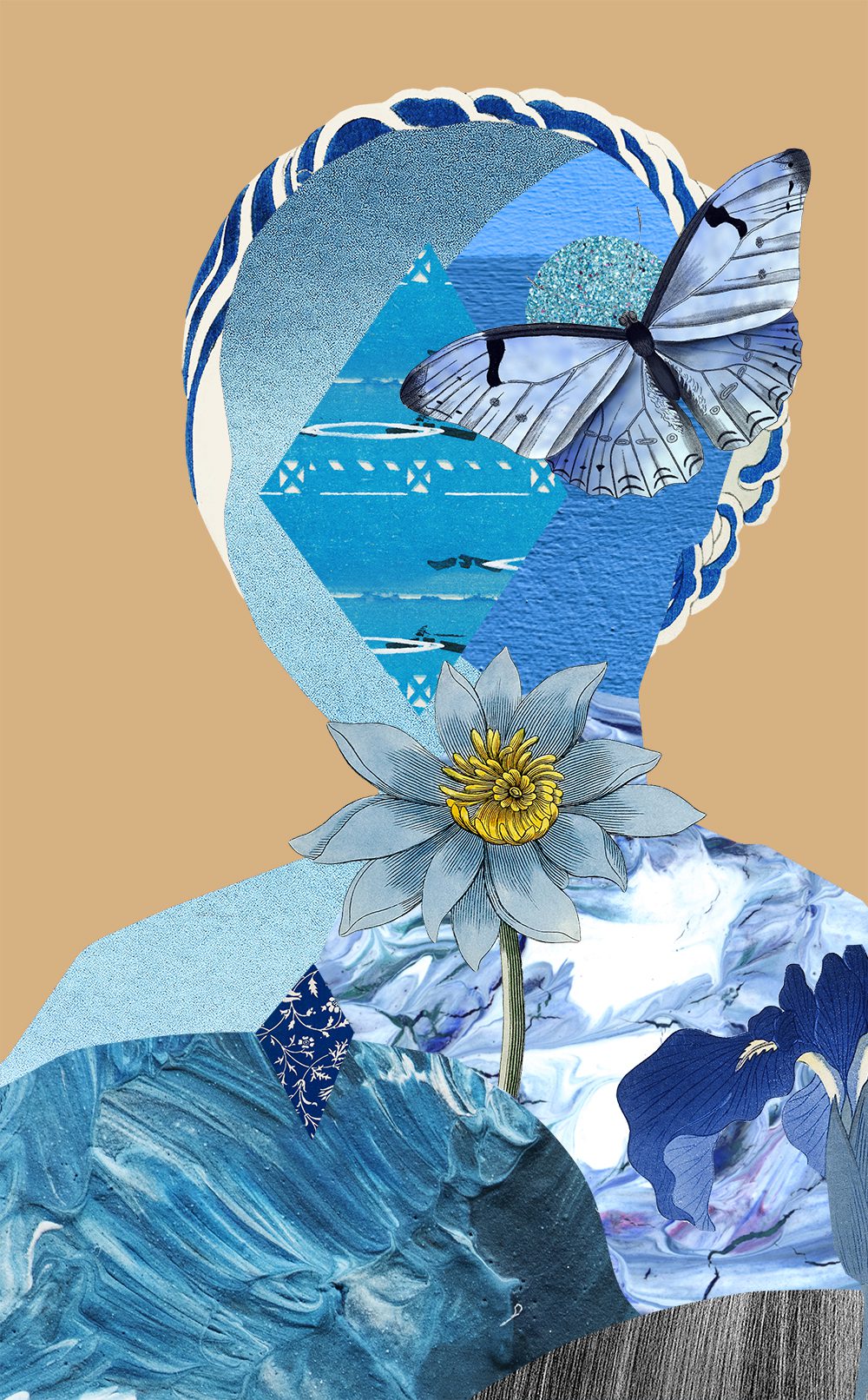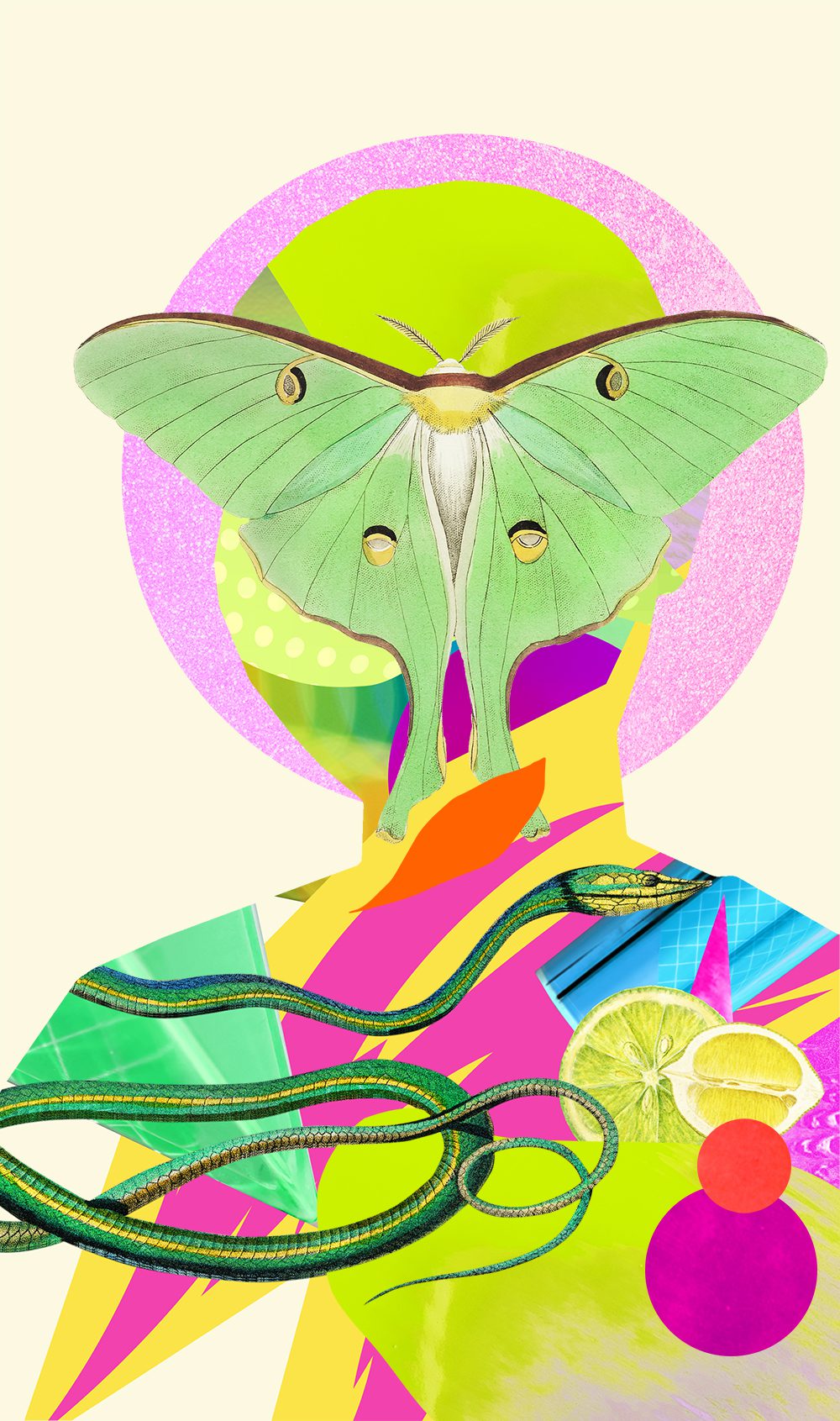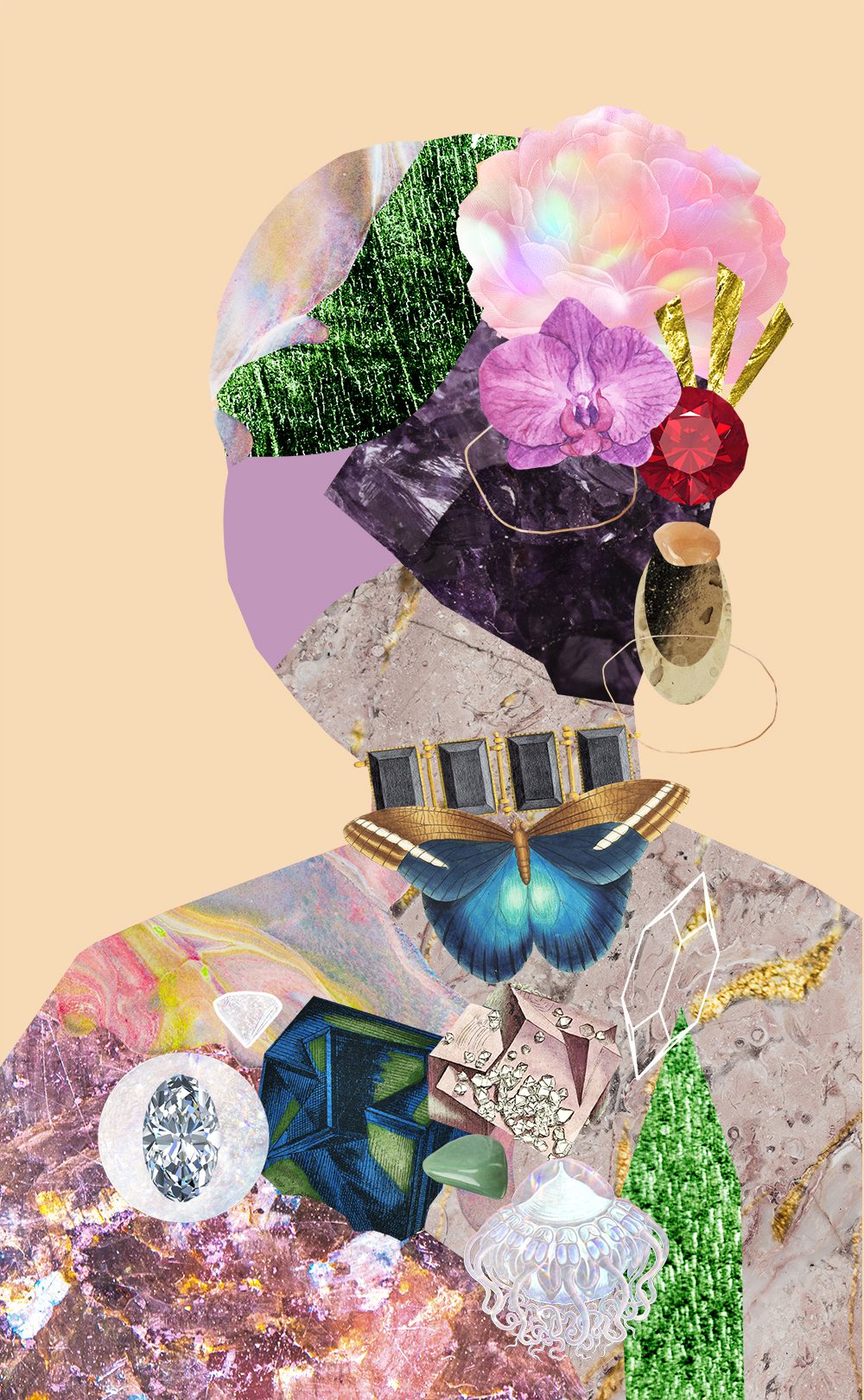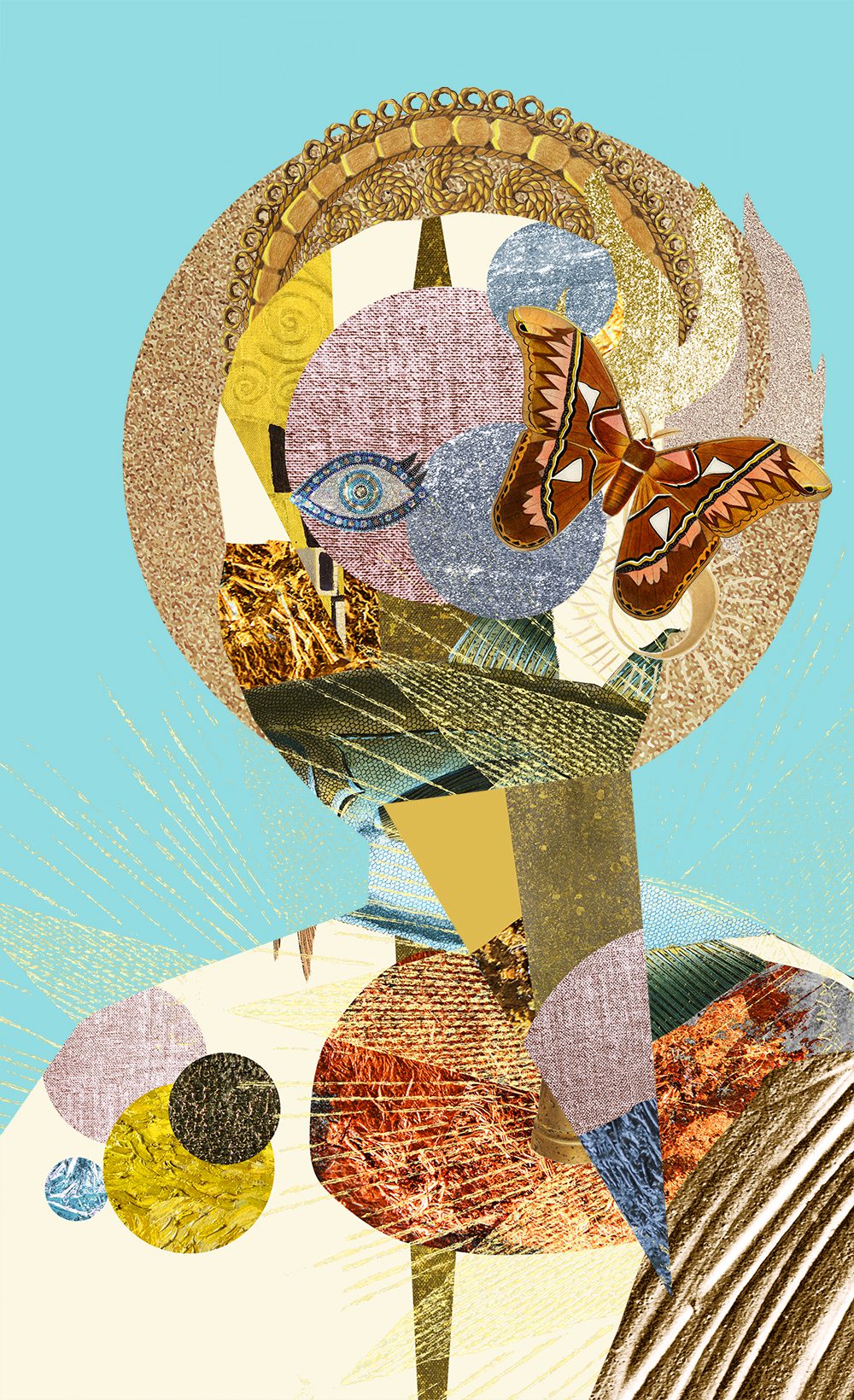
Composition Principles: Balance
Composition refers to the arrangement of elements within an artwork. Although art is largely an intuitive practice, by breaking down and putting a spotlight onto individual elements we can evaluate and elevate our art. This series focuses on the principles within composition, so you can cherry-pick your favourite ideas and level up your art practice.
Let’s dive into today’s topic: BALANCE!
Balance Defined
Balance refers to the overall distribution of elements in an artwork to create visual stability. In a balanced piece of art, the elements complement rather than compete to form a cohesive image.
Balance for 3-d art is perhaps easier to grasp. If a sculpture is unbalanced it topples over. In 2-d art, we need to grasp visual weight (how much attention an element attracts in composition). Remember, balance is one of the principles of art, whilst colour, line, shape, form, texture, value, and space are elements. Below we’ll look at how each element can create balance.
TRICK: Imagine a painting divided equally onto a set of scales, do the halves balance? Remember the artwork can be vertically, horizontally, or diagonally divided into two.
Colour

FRANCIS MARSHALL – Wanampi Tjukurrpa (Snake Dreaming)
If you were to cut the above painting diagonally in half all the colours appear in roughly equal quantities on either side. Francis also balances bright colours with dull colours and cool and warm colours.
Line
/Thin lines are lighter in visual weight than thicker lines.
/Straight lines are lighter in weight than curved or scribbling using lines.
/Smooth lines are lighter in weight than sharp/rough lines.
(source)

As thicker lines hold more weight than thinner lines, Vincent balances the thick leaves of the irises with the thin strokes of the grass.
More grass strokes are used to balance the visually heavier leaves.
Shape
Size of shapes plays a huge part in balance.
/A large shape will be visually heavier than a small shape but you can group small shapes together to equal a large shape.
/Complex shapes weigh more visually than simple shapes (hexagon vs circle).
/Odd shapes will have more visual weight than known shapes.

JENNIFER FORBES – Kungkarangkalpa (Seven Sisters Story)
In Kungkarangkalpa, Jennifer balances the large circles with a larger quantity of smaller circles. The painting is balanced by the shapes, values and colours.
Texture
Adding texture will add visual weight. Simple texture (or no texture) will be visually lighter than complex textures. (source).
A realistically painted texture will imply the real-life weight of the form being painted.

An interesting thing happens in this painting. Because the front pie is in the foreground, it automatically becomes visually heavier, though this heaviness is balanced by the larger serving tray. Due to implied texture, we can see that the tray is lightweight and thus balances the appearance of the denser back pie.
Value
Like colour, value can communicate visual weight. The lighter the shade, the less visual weight it carries; conversely, darker colours are heavier.
(source)

Kusama’s iconic pumpkin series nails the balance of value. Yellow (a light value) pops against the dark value of black. Kusama makes sure that both values are evenly distributed. To help you see value more clearly in a painting, you can squint or take a picture on your phone and convert it to greyscale.
Space
Evenly distributed positive and negative space will create visual balance along with evenly distributed shapes within the space.
/Shapes can be balanced diagonally across the canvas, horizontally, or vertically.
/An isolated shape with lots of negative space around it carries more attention and thus visual weight
/Shapes that are placed further from the horizon (and larger in size) carry more visual weight (like the tart in Monet’s painting above). (source)

In Twelve Sunbakers, Ken evenly distributes his subject matter and creates interest by allowing lots of (bright!) negative space around the duller figures.
The piece also has a balanced use of value.
There are three types of balance: symmetric, asymmetric, and radial
Symmetric Balance
An artwork containing symmetrical balance creates a sense of order and stability, although can potentially become too rigid and formulaic.
Symmetrical balance can be divided into 3 subgroups: approximate/near, bilateral, and biaxial. Approximate or near symmetry relates to art whose halves are not mirrored images, but contain slight variations in their symmetry. Bilateral symmetry artworks mirror each other along the horizontal axis, while biaxial contain both vertical and horizontal axis symmetry.

HILMA AF KLINT – Tree of Knowledge, No. 1
Hilma employs approximate/near symmetry. If you sliced her painting down the middle the two halves are not an exact mirror instead contain slight variations. The slight variations don’t affect the overall symmetry or balance
Asymmetric Balance
Asymmetrical balance relies on the balancing of visual weight rather than identical mirroring. (source)

The above painting does a great job of creating balance without exact mirroring. Pollock balances the colours, line, and texture across the canvas. If you squint at the painting you can also see Pollock has a nice balance of light and dark values as well.
Radial Balance
Radial balance is symmetry in several directions, where visual elements are arranged around one central point. (source)

Tarkul radiates from the central circle and has an overall balanced feeling
Conclusion
A balanced piece of art equally distributes visual weight to create visual harmony. As with each of the principles in art, there’s always room to play but you have to remember that how you employ balance will impact the overall feel of the painting. Employing a formal balance (symmetry, radial) will create structure, rigidness and equilibrium. Asymmetric balance, allows greater expression and variety but can still create harmony. If your end goal is to create friction in your work then feel free to throw out balance altogether!
HOMEWORK
Your homework this week is to look at the following three artworks and consider if they are balanced or not and give reasons as to why. Below the images, I have included my own interpretation if you get stuck!



Interpretation
1) FRIDA KAHLO – Self-Portrait With Monkey
If you draw a line diagonally through the painting, from the top of her hair to the corner of her white blouse the balance of texture, and value is nearly spot-on. The only thing not balanced is the colour blue but its tone is similar to the green (and value closer to the white) and thus doesn’t throw out the visual balance. Overall this piece is a well-balanced artwork.
2) GEORGIA O’Keeffe – Black Mesa Landscape, New Mexico / Out Back of Marie’s II
If you split Georgia’s painting down the middle vertically it appears almost symmetrical. I do think for perfect balance she needed to repeat the white (light value) found on the right-hand mountain over onto the left. I personally would have included the white midway down the left side to steer away from rigidness.
3) PABLO PICASSO – Gray Face with White Hat
Picasso does a good job of repeating the white and yellow but I believe the piece would have been better executed if he added more yellow tones at the bottom. I like how he has balanced the white textured brush strokes with the untextured matte black. Remember the more texture the more visual weight. Overall this work is the least balanced of the three.
–
Want to see what else I do? Come peek over on my insta or grab a freebie when you sign up to my newsletter below 🙂 🙂

